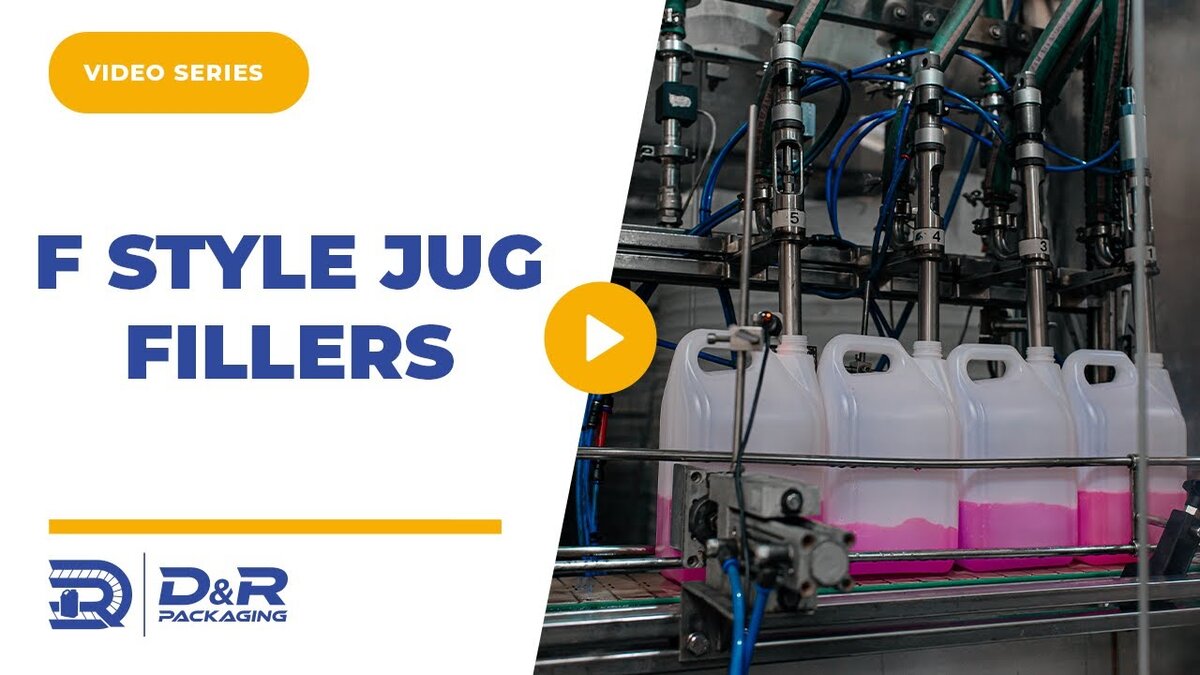Accurate labeling is essential for efficient supply chains and maintaining compliance with industry standards. Both print inspection and barcode verification play key roles in ensuring that labels are clear, readable, and scannable. These processes help businesses maintain product quality, streamline inventory management, and reduce errors.
In this guide, we’ll explore how print inspection and barcode verification work, their individual benefits, and how they can be integrated into your production process for optimal results.
What is Print Inspection?
Print inspection plays a critical role in ensuring that the information printed on labels, such as dates or batch codes, is accurate and legible. Print inspection systems are often integrated into thermal transfer printers, where they verify not just the application of the label but also the quality of the printed content.
Key Functions of Print Inspection:
- Label Application Check: Print inspection ensures that the label has been applied correctly to the product.
- Printed Information Accuracy: It confirms that vital details like expiration dates, barcodes, or batch numbers are printed clearly.
- Label Quality Control: High-end print inspection systems can assess the readability of the print, ensuring that it is legible and error-free.
Print inspection is particularly useful in industries where clear, accurate labeling is essential for regulatory compliance or customer safety. For example, the food and beverage industry relies heavily on print inspection to verify that expiration dates are correct, while the pharmaceutical industry uses it to confirm batch codes.
What is Barcode Verification?
While print inspection focuses on the quality and application of the printed label, barcode verification takes things a step further by ensuring that the barcode itself is scannable and accurate. This process is essential in supply chain management, where barcodes are used to track and manage inventory.
Key Functions of Barcode Verification:
- Label Presence Verification: It ensures that a label is present on the product.
- Correct Label Identification: Barcode verification confirms that the correct label has been applied to the right product.
- Scannability Check: It guarantees that the barcode meets scannability standards, preventing issues during checkout or inventory tracking.
- Accuracy of Product Information: With advanced systems, barcode verification ensures the barcode encodes the correct product details.
For businesses handling large volumes of products, such as retail or logistics companies, barcode verification helps to streamline operations by ensuring that every product can be quickly scanned and processed.
The Differences Between Print Inspection and Barcode Verification
Print Inspection
- Focuses on verifying the print quality and clarity of information, such as dates or batch codes.
- Typically used in industries where legibility and regulatory compliance are crucial, such as food, pharmaceuticals, or cosmetics.
- Can include basic systems like luminescence sensors that simply confirm a label has been applied, or more advanced systems that use Optical Character Recognition (OCR) to verify that the correct text is printed.
Barcode Verification
- Focuses on ensuring the barcode is both present and scannable, making it critical in environments that rely on barcodes for tracking products, such as warehouses or retail stores.
- Ensures that the right label has been applied to the correct product, preventing mislabeling.
- Provides scannability ratings for barcodes, ensuring the label can be read by any scanning system during product handling.
Integrating Print Inspection and Barcode Verification
At times, businesses can benefit from integrating both print inspection and barcode verification into their production lines. Label inspection systems are often combined with labeling machines, such as front-back or round-bottle labeling systems, to provide a seamless process. With these systems in place, you can ensure:
- Label Availability: The system confirms that you haven’t run out of labels, preventing unmarked products from leaving the production line.
- Correct Information on Labels: Whether through print inspection or barcode verification, these systems guarantee that all information printed or encoded on the label is correct.
- Efficient Operations: With both systems in place, a single operator can manage multiple machines, simplifying the workflow and reducing the chance of human error.
Simple vs. Advanced Systems
Not all inspection systems are the same. Some businesses may only need a simple luminescence sensor to verify that a label has been applied to a product. This type of system can check for the presence of UV ink on a label, confirming that the label is on the bottle without assessing its contents. On the other hand, more advanced systems can verify the print quality, ensure readability, and confirm that the right barcode has been applied.
Choosing the Right System for Your Needs
When deciding between print inspection and barcode verification, or even opting for a combination of both, it’s essential to evaluate your business’s specific needs. If your priority is ensuring that information like expiration dates and batch codes are clearly printed, print inspection is your best option. However, if you need to ensure that every barcode is scannable and the correct label is applied, barcode verification is the way to go.
In Summary
Understanding the differences between print inspection and barcode verification can help businesses make informed decisions about their labeling processes. Each system serves a unique purpose in ensuring that products are accurately labeled and easy to track throughout the supply chain. Whether you need to verify the quality of your printed labels or the accuracy of your barcodes, there are solutions available to fit your specific needs.
If you’re unsure which system is right for your business or if you need assistance integrating a solution into your production line, contact us today to discuss your options.






